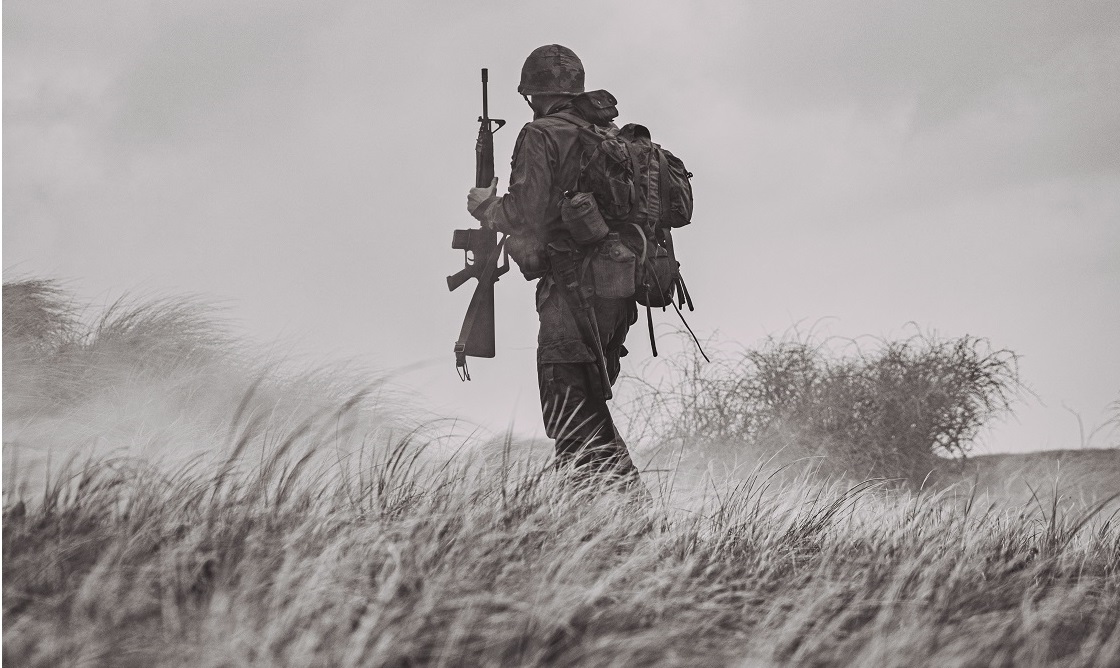One of the most essential pieces of protective gear for military personnel, law enforcement, and security personnel is the bulletproof vest. These vests can provide life-saving protection from gunfire, but they can only do so if they are equipped with the right plates. The National Institute of Justice (NIJ), the research and development arm of the U.S. Department of Justice, has established standards to ensure that vests meet rigorous safety requirements. In this blog post, we will explore the NIJ standards on plates for bulletproof vests and what they mean for those who rely on this gear for their safety.
NIJ Level IIA, II, and IIIA Plates:
NIJ Level IIA plates are the lowest level of protection available and can only stop low-velocity 9mm and .40 S&W rounds. They are not recommended for military personnel, law enforcement officers, or security personnel. NIJ Level II plates can stop high-velocity 9mm and .357 Magnum rounds and are commonly used in law enforcement. NIJ Level IIIA plates protect against more powerful .44 Magnum rounds and are worn by military and law enforcement personnel. They are also the highest level of protection that can be achieved without sacrificing mobility.
NIJ Level III and IV Plates:
NIJ Level III plates provide protection against rifle rounds up to 7.62mm NATO and are commonly used by military personnel. These plates can stop most rounds fired from an AK-47 or an M14 rifle. NIJ Level IV plates are the highest level of protection available and can stop armor-piercing rifle rounds such as .30-06 M2AP and .50 caliber rounds. They are commonly used by special forces and SWAT teams.
Plate Size and Weight:
NIJ standards also regulate the size and weight of bulletproof vest plates. The size of the plates can vary depending on the user’s needs, but they must cover vital organs such as the heart, lungs, and liver. The weight of the plates can range from a few pounds for smaller plates to over ten pounds for larger plates. It is important to consider the weight of the plates when selecting a vest, as heavier plates can reduce mobility and cause fatigue.
Testing Standards:
NIJ standards set forth rigorous testing requirements for bulletproof vest plates. The plates must undergo ballistic testing to ensure that they can stop the rounds for which they are rated. They must also undergo drop testing to ensure that they can withstand the rigors of use in the field. The plates are tested in different environmental conditions, including temperature and humidity extremes, to ensure that they will perform in any situation.
Bulletproof vests are an essential piece of protective gear for military personnel, law enforcement officers, and security personnel. The NIJ standards on plates for bulletproof vests ensure that these vests meet rigorous safety requirements and provide the necessary protection to prevent life-threatening injuries. Understanding the levels of protection provided by each plate type, the size and weight of the plates, and the testing standards to which they are subjected can help those who rely on this vital piece of equipment make the right choice and help keep them safe in the line of duty.
For more articles, please click here.
